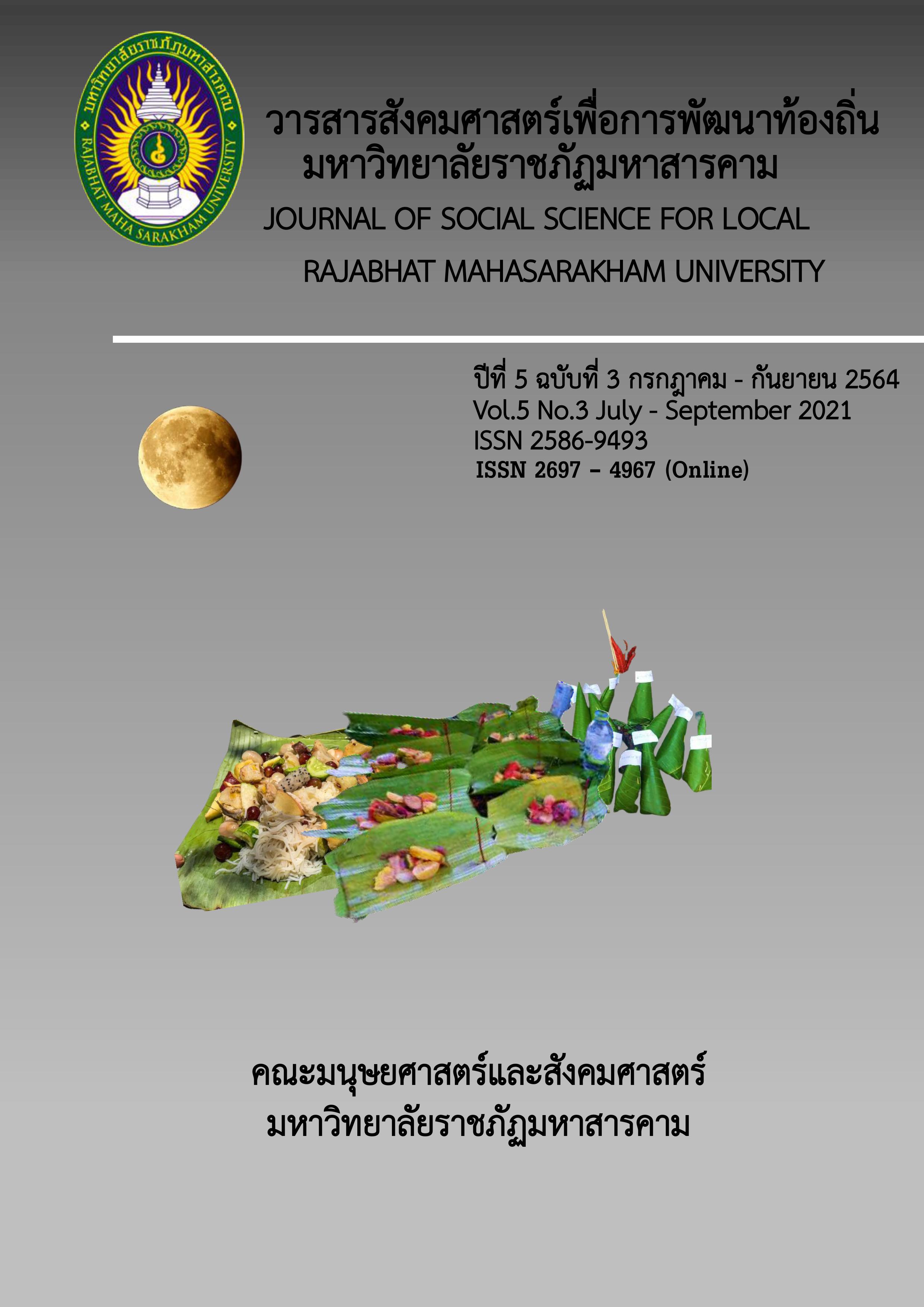Model Development of Elderly Health Promotion in Rural Area in Mahasarakham Province.
Keywords:
Model developing, Health promotion, Elderly peopleAbstract
This research consists purposes 1. To investigate factors affecting health promotion of elderly people in rural areas so as to invent a model improving their health promoting behaviors, 2. To develop the model, and 3. To examine effectiveness of the invented model. This study was quasi-experimental, employing a mixed-method paradigm. Timeframe conducting the research was divided into 3 phases. In phase 1, the study was scrutinized causal factors influencing elderly behaviors on health promotion by collecting data from 399 elderly samples selected through the method of stratified random sampling. The data were analyzed by using descriptive statistics, structural equation method, path analysis using LISREL program and Pearson correlation coefficient. In phase 2, the model conducted in the first phase was developed via the methods of workshops and focus-group discussion by the target group of 20 people selected by purposive sampling, working or involving in elderly health promotion. The data were collected in a form of written records analyzed by using a content analysis approach. In phase 3, the developed model was implemented with 40 elderly members purposively selected, divided into experimental and control groups equally through analytical approaches of descriptive statistics and t-test. The results showed that 1) The factors of social support, self-efficacy, participation in elderly club activities, knowledge of health promotion and access to health care services, positively affected health promotion of elderly people in the rural areas with statistically significant level at .05. The causal relationship model harmonized with empirical data in that the last 4 factors mentioned directly influenced elderly behaviors on health promotion, 2) The appropriately developed model comprised 5 activities: ice-breaking, physical exercises and meditation, participatory learning, checkup, and home visit, and 3) Implementing the model, the experimental group revealed higher post-test scores than their pre-test ones as well as than their peers’ in the control group at .05 level of significance.


